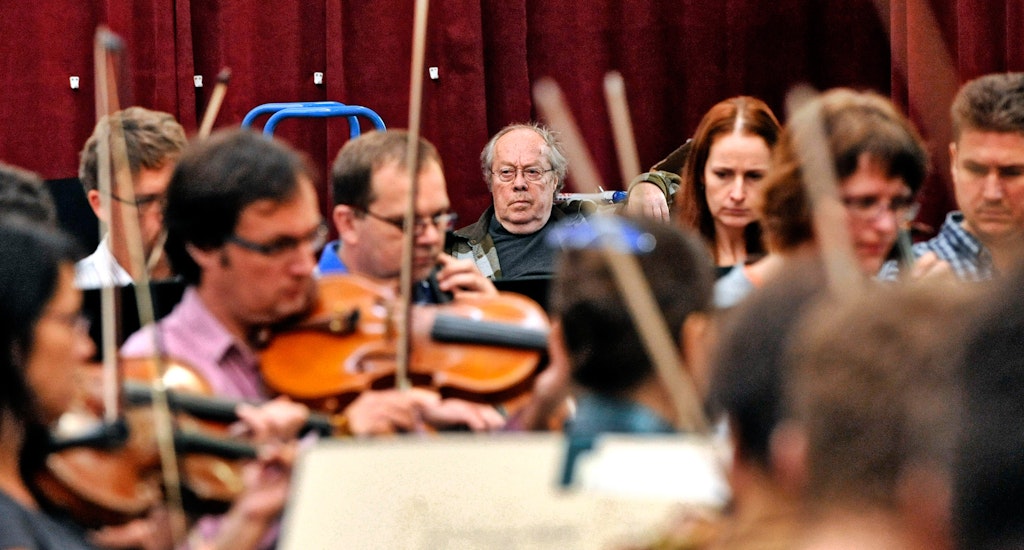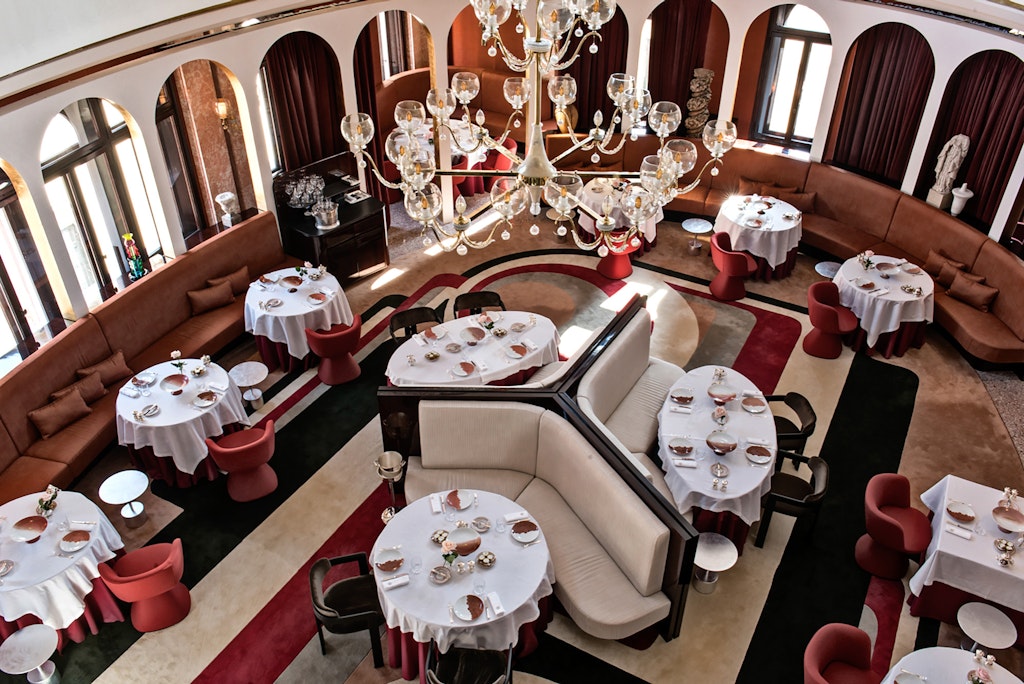Today’s rubbish, tomorrow’s artefact
How museums are curating the coronavirus pandemic
In the annals of cultural history, the 1918 Spanish flu pandemic is little more than an historical footnote. Scant are the obvious depictions in canonised art or literature, while the images it recalls become confused with the visual onslaught of the First World War: rows of patients lying in field hospitals, masks, nurses in white headdresses. Such cultural amnesia is exceptional in the history of epidemiology where images of death and mortality became woven into the public imagination from the Black Death to AIDS. Our century’s pandemic already bears the same impulse to document, albeit distorted by digital immediacy.
Museums, those cathedrals of public mores, must tread the fine line between documentary impulse and activism. Inevitably, they will sway to the direction of the Left
Museums, grappling with the appalling fall-out from three national lockdowns, have a silver-bullet in their arsenal: the Covid-19 exhibition. Institutions on both sides of the Atlantic, including the Smithsonian and the Victoria & Albert Museum, are hurrying to curate Covid-19 “artefacts”, objects that tell the story of the pandemic from used PPE to loo-roll packaging, presented in digital form. Click in, click out. Today’s rubbish, tomorrow’s artefact. In the absence of a visible enemy, ephemera of the pandemic are what we have to go on. But the selection of objects and their contextualisation is never innocent. Who decides whether to exhibit footage of the van-mounted billboard parked outside Dominic Cummings’s house over official government lectern signage? Will the face masks emblazoned with Black Lives Matter slogan be deemed of more public interest than the Liberty print ones? Museums, those cathedrals of public mores, must tread the fine line between documentary impulse and activism. Inevitably, they will sway to the direction of the Left.
A Covid-19 exhibition is a study in the quotidian, the mundane reframed and outsized. Squinting at our screens via a digital portal, we click into our present haphazardly, chaotically, perhaps confusedly. The V&A’s digital exhibition “Pandemic Objects” has the disordered feel of a blog, something you might scan rather than study dutifully. But there is much to recommend it as a living document of an historical moment. The study of face-masks observes how the “turn-to-craft” craze for personalised masks echoes the “make-do-and-mend” attitude of the World Wars, fabric forms of resistance against the loss of individualism. Equally, the study of soap reveals just how aggrandised the humble bar of soap has become. Will we be scrubbing our hands for years to come?
The answer is probably yes, so convinced have we become of its talismanic properties. Not forgotten are communal spaces such as playgrounds and pavements, sites of sadness or unexpected creativity. But it is on the subject of signs that the exhibit reaches a terrible poignancy. Studying the proliferation of hand-made signs at the start of the pandemic, curator Brendan Cormier gestures towards the affective power of the often polite, hand-written notes plastered over windows up and down the country, “take-away only, sorry” or “no cash please”. The jostle between official signage and what is known as its “editorial layer”, the hand-written or graffitied overlay, is as good an example as any of the conflict between a state and its subjects.
Stateside, the turn feels more obviously narrative based, more confessional, more, American. Across the country, museums and universities are calling on the public to upload their pandemic experiences into portals; endless receptacles of narrative splintered through the kaleidoscope of Instagram, Skype and Facebook. And yet, it is in the collection of these digital archives – socio-historical moments fleetingly captured rather than objectively fixed – that curators stumble across two interlinked conceptual problems. Firstly, how do you curate a virus which is constantly mutating? Secondly, how do you fix constantly shifting attitudes to the virus into an exhibition whose periodisation is, so far, indefinite? The curatorial answer to this is to keep collecting, amassing objects and digital narrative until the select few emerge as narrative signposts. We have arrived at one of these already: the first vial of Pfizer vaccine with syringe administered to Margaret Keenan in December 2020, now kept in the Science Museum.
But herein lies a further problem: objects rather than digital narrative are, and always have been, what people go to museums to see. Previous catastrophes documented for posterity (9/11 or Hiroshima, for example) show us that the most powerful exhibits are ephemera that bear the weight of a history far larger than their physical receptacles: a glass bottle melted by the heat of the bomb at Hiroshima or security ID cards bearing the names of those who perished under the twin towers. The digital landscape – tweets from early lockdowns, news footage, recorded testimony – is far less likely to offer up the same emotional impact since its contours are constantly changing, locked in a process of wilful self-erasure; you only have to have watched a few Downing Street press briefings to realise that each annuls the last, every slide a dead end on the road to posterity.
The digital landscape – tweets from early lockdowns, news footage, recorded testimony – is far less likely to offer up the same emotional impact since its contours are constantly changing
The Covid-19 pandemic has been marked by isolation and withdrawal: the gradual turn away from society, family, and even touch itself. How museums will document this for future generations is moot. What is certain is the economic imperative museums are facing to survive at all. To weather the pandemic, they must appeal to the public imagination. But to be the elevated guardians of traumatic remembrance throws up many contentions: the potential coddling of the public; the no-platforming of certain artworks or objects deemed offensive; the perceived rewriting of history; and the influence of fleeting but intense online outrage. Asked why there remains so little memorialisation of the 1918 Spanish flu pandemic, Alexandra Lord, a curator at the National Museum of American History, suggests quite simply that people wanted to forget, that the incomprehensibility of the suffering defied memorialisation and created a peculiar sort of documentary fatigue. I suspect there are many of us who will feel this way about Covid-19; people who feel fatigued by the clapping, the rainbows, the blue background of the NHS logo. Sadly, cultural amnesia is a luxury we will not be afforded.
Enjoying The Critic online? It's even better in print
Try five issues of Britain’s newest magazine for £10
Subscribe














